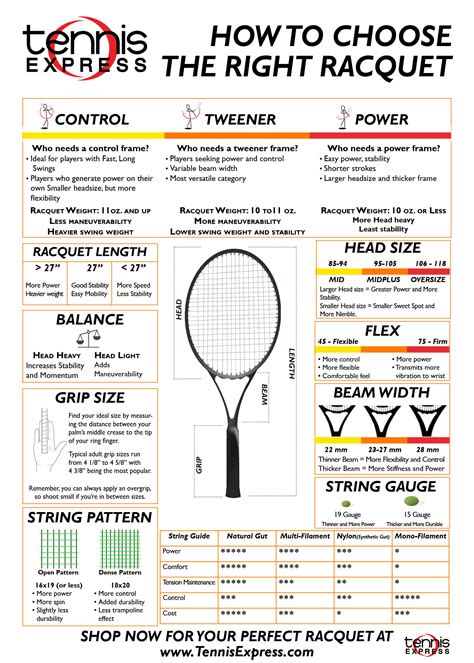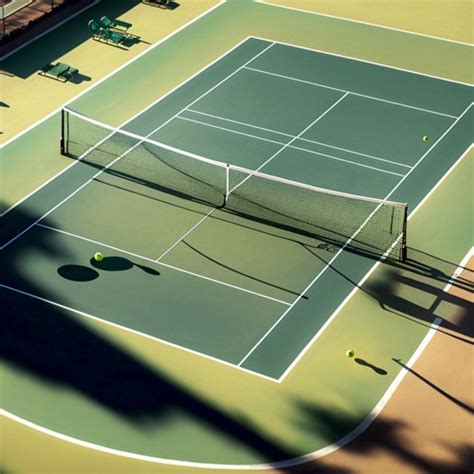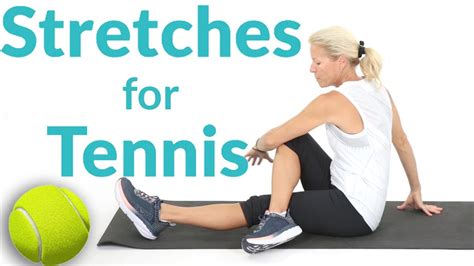Discover essential skills and effective drills for practicing tennis alone, plus tips on setting up your space, tracking progress, and staying motivated.Are you ready to elevate your tennis game without the need for a partner? Practicing alone can be both effective and rewarding, allowing you to focus on essential skills and drills tailored to your personal development. In this comprehensive guide, we’ll explore various techniques to sharpen your abilities, set up an optimal practice space, and implement key drills that ensure continuous improvement. We’ll also cover strategies to track your progress, keep motivation high, and address frequently asked questions to enhance your solo training experience. Whether you’re a beginner or an experienced player, mastering the art of practicing tennis alone can transform your skills and boost your confidence on the court. Dive in and discover how to take your game to new heights!
Essential Skills For Practicing Tennis Alone
When it comes to enhancing your game, developing a strong set of foundational skills is crucial, especially when learning how to practice tennis alone. Here are some essential skills to focus on during your solo practice sessions:
- Hand-Eye Coordination: This skill is vital for hitting the ball consistently. Work on drills that require you to hit the ball against a wall or with a ball machine to improve this.
- Footwork: Good footwork is key in tennis. Set up cones or markers to practice moving quickly around the court and hitting from different positions.
- Consistency: Aim to hit a specific number of balls in a row without missing. This can help you build muscle memory and improve your overall accuracy.
- Shot Variety: Practice different types of shots, including forehands, backhands, volleys, and serves. This will make you a more versatile player.
- Serving Technique: Spend time perfecting your serve since it is a crucial aspect of the game. Focus on your stance, toss, and follow-through.
To get the most out of your practices, each session should have a specific focus. By doing so, you can effectively build your skills in a structured manner while maximizing your time on the court alone.
How To Set Up Your Practice Space Effectively
Creating an effective practice space for tennis is crucial for maximizing your training. Here’s a comprehensive guide on how to set up your practice environment to ensure you get the most out of your solo sessions.
1. Choose the Right Location: Look for a flat, open area where you have ample space to practice. Ideally, this would be a tennis court, but if that’s not an option, a driveway or any open space can work fine. Make sure there’s enough distance to hit the ball comfortably without any obstructions.
2. Ensure Safety: Before starting, check for any hazards in your area. Remove any objects that could lead to injury or damage when swinging your racket. This might include rocks, sticks, or children’s toys.
3. Use Proper Equipment: Invest in a quality tennis ball machine or a rebound net if you plan to practice consistently. These tools can help you work on your shots without needing a partner.
4. Mark Your Zones: If you’re working on specific drills, consider marking zones with chalk or cones. This can help you focus on target areas and improve your aim during practice.
5. Consider Weather Conditions: Sun or wind can affect your practice sessions. Choose a time of day when the weather is optimal for your training. If you’re practicing outdoors, consider using a canopy or portable net for added comfort.
6. Create a Routine: Establish a clear routine for your practice sessions. Decide on the drills you’ll focus on beforehand and have all your equipment ready. This will help you stay organized and make the most of your time.
7. Optimize Your Space: Arrange your practice space in a way that makes transitions between drills seamless. Keep your balls, racket, and any other equipment within easy reach to avoid wasting time.
By following these tips on how to effectively set up your practice space, you’ll create an environment conducive to improving your tennis skills while practicing alone. Remember, a well-organized and safe practice area can significantly enhance your training experience.
Key Drills To Improve Your Tennis Game Solo
Practicing tennis alone may seem challenging, but incorporating effective drills can significantly elevate your game. Here are some key drills you can do solo to improve various aspects of your tennis skills:
- Wall Drills: Find a solid wall and practice hitting the ball against it. Focus on consistency, aiming for a specific spot on the wall. This helps improve your accuracy and reaction time.
- Shadow Swinging: Without hitting a ball, practice your swing technique. Work on different shots like forehands, backhands, volleys, and serves. This reinforces muscle memory and helps you visualize your movements during actual play.
- Target Practice: Set up targets on the court using cones or markers. Aim for these targets while playing rallies with yourself. This drill enhances your precision and shot placement.
- Footwork Drills: Set up a small agility ladder or create cones to work on your footwork. Practice lateral movements, forward and backward sprints, and side shuffles to improve your speed and agility on the court.
- Serving Practice: Find a designated area on the court to practice your serves. Focus on your toss, follow-through, and placement. Try to hit specific spots in the service box to enhance your serving accuracy.
- Ball Toss Drills: Use a ball machine or a hand toss to work on your timing and hitting technique. Practice hitting from different parts of the court to develop versatility in your shots.
- Multisport Drills: Engage in drills from other sports that enhance hand-eye coordination, such as basketball shooting or racquetball. These activities can help you develop finesse in your tennis strokes.
Implementing these drills into your solo practice routine will not only make your training sessions more effective but also ensure you’re consistently working towards improvement.
Track Your Progress: Measuring Development Over Time
Tracking your progress is a crucial aspect of improving your tennis skills while practicing alone. By regularly measuring your performance, you can identify strengths and weaknesses, which will guide your focus for future practice sessions. Here are some effective strategies to monitor your development:
- Set Specific Goals: Before starting your practice, define what you want to achieve. It could be improving your serve accuracy, increasing rally consistency, or enhancing your footwork. Make sure these goals are measurable.
- Use a Journal: Keep a practice journal to log your sessions. Record what drills you practiced, the duration, and your reflections. This will help you see patterns over time and adjust your practice accordingly.
- Video Analysis: Utilize your smartphone or camera to record your practice. Watching the footage can provide insight into your technique and animation that you might not notice in real-time.
- Performance Metrics: Track metrics such as the number of successful serves, forehand winners, and mistakes over time. Statistical analysis of your sessions will give you concrete data on your improvement.
- Regular Assessments: Schedule monthly evaluations to assess your progress. This could involve setting benchmarks and seeing how well you perform in comparison to past performances. Adjust your practice goals based on these assessments.
By systematically measuring your growth, you’ll be able to sustain motivation and ensure you’re effectively working toward mastering the game. Remember, the key to successfully learning how to practice tennis alone lies in continuous self-assessment and adjustment!
How To Stay Motivated While Practicing Alone
Staying motivated during solo tennis practice can be a challenge, but there are effective strategies that can keep your enthusiasm and dedication high. Here are some essential tips on how to maintain your motivation while honing your skills alone on the tennis court:
1. Set Clear Goals:
Define short-term and long-term objectives for your practice sessions. Whether it is improving your serve, mastering a certain drill, or achieving consistency in your shots, having specific targets will give your practice purpose.
2. Create a Routine:
Establish a regular practice schedule that fits into your daily life. Consistency fosters habit, making it easier to get on the court even when you’re not feeling particularly motivated.
3. Make Practice Enjoyable:
Incorporate fun elements into your practice sessions. Listen to music while warming up, set up mini-challenges, or reward yourself after reaching certain milestones. This makes the experience less monotonous.
4. Track Progress:
Maintain a journal or use apps to monitor your improvements over time. Reflecting on how far you’ve come can provide a significant motivational boost when you compare your current skills to where you started.
5. Visualize Success:
Spend time visualizing your desired performance and the feelings associated with achieving your goals. This mental practice can energize and inspire you to push through less motivated days.
6. Join Online Communities:
Engage with online forums and social media groups dedicated to tennis. Sharing experiences and getting tips from fellow tennis enthusiasts can reignite your passion and provide new ideas for practice.
7. Use Technology:
Leverage tech tools such as apps for drills, instructional videos, and remote coaching. Watching professionals and analyzing your technique can help you stay inspired and informed as you practice alone.
8. Keep Your Equipment Ready:
Having your gear prepared and readily accessible reduces barriers to getting started with practice. Set up your practice space, so it’s easy to dive into drills without any hassle.
9. Mix Up Your Drills:
Change your routine frequently to keep your sessions fresh and engaging. Incorporate various drills and skills to prevent boredom and maintain a steady enthusiasm for practicing.
10. Reward Yourself:
After accomplishing specific goals or enduring particularly challenging practice sessions, treat yourself to something enjoyable—a favorite snack, a relaxing activity, or even new tennis gear.
By implementing these strategies, you’ll find it easier to stay motivated and engaged in your solo tennis practice, ultimately enhancing your skills and enjoying the game even more.
Frequently Asked Questions
What are some effective skills to practice alone in tennis?
Some effective skills to practice alone include serving, volleying against a wall, and working on footwork drills.
How can I improve my serve without a partner?
You can improve your serve by using a local wall or rebound net to practice your toss, motion, and placement.
What drills can I do to work on my groundstrokes alone?
You can perform drills like hitting against a wall, using a tennis ball machine, or practicing shadow swings to enhance your groundstrokes.
Are there any specific footwork drills I can do by myself?
Yes, ladder drills, cone drills, and side-to-side hops are great for improving footwork and agility.
How can I simulate match conditions while practicing alone?
To simulate match conditions, set up targets on the court or use a ball machine to practice shot selection and consistency.
What equipment do I need to practice tennis alone?
Basic equipment includes a tennis racket, tennis balls, a rebounder or wall, and if possible, a ball machine.
How often should I practice tennis alone for the best results?
Practicing 3 to 4 times a week for at least 30 to 60 minutes can yield significant improvements in your game.









